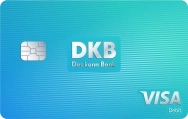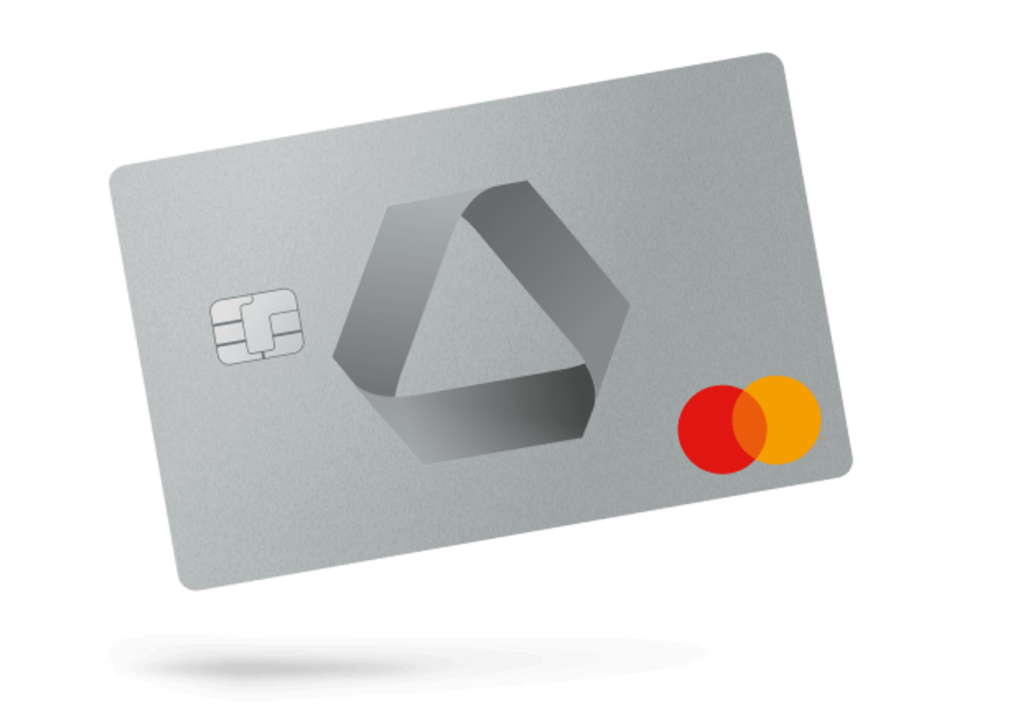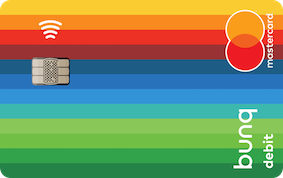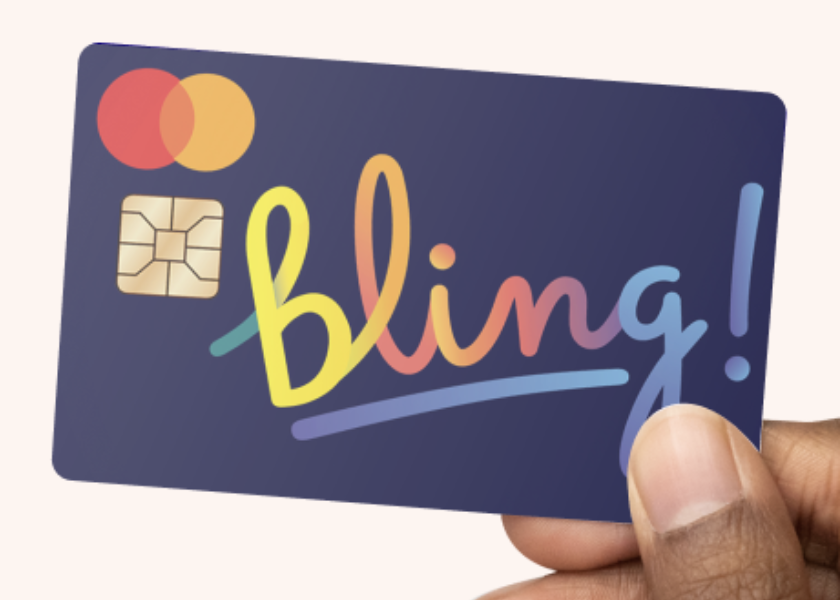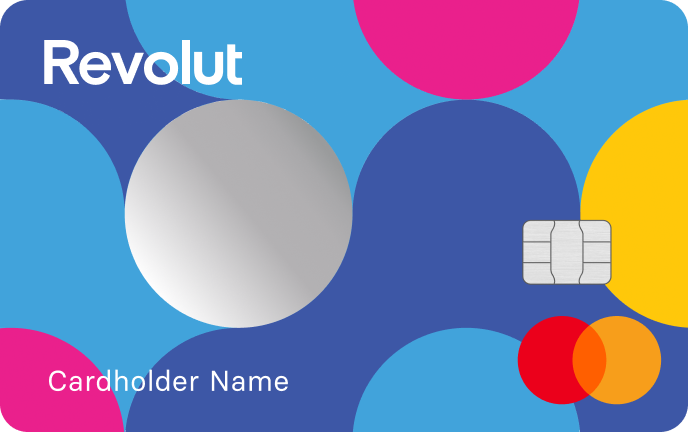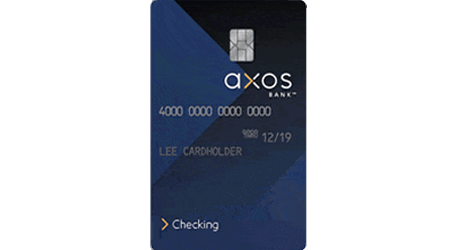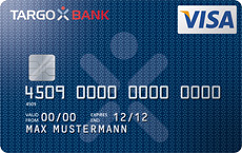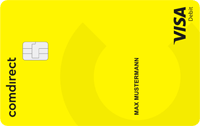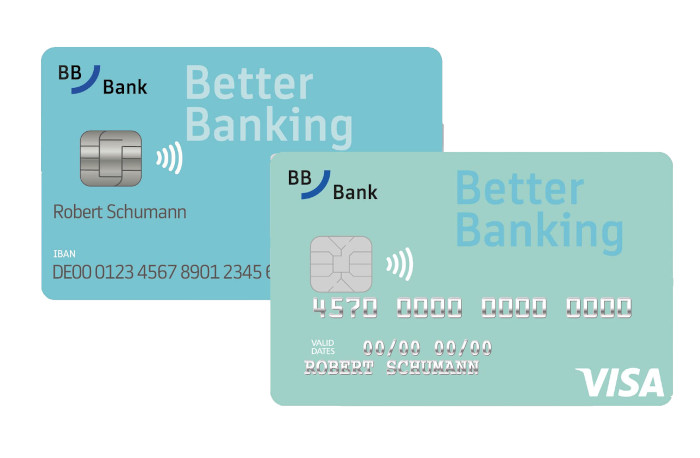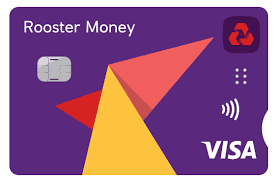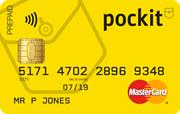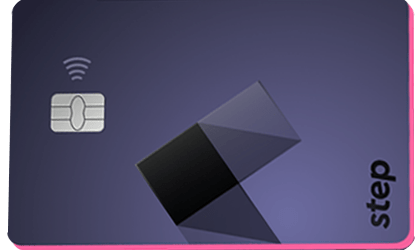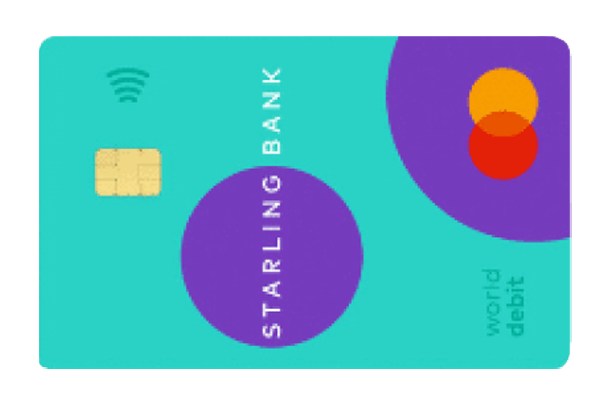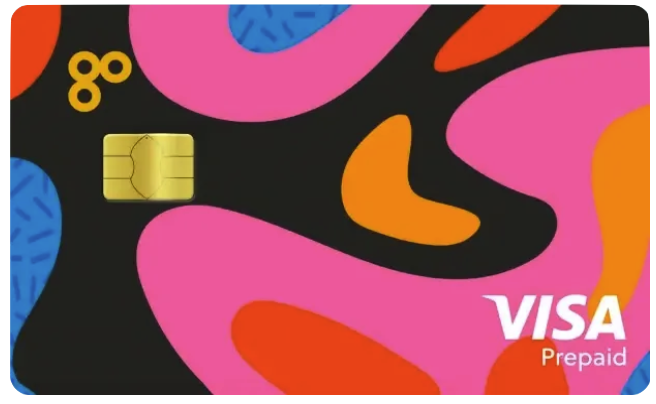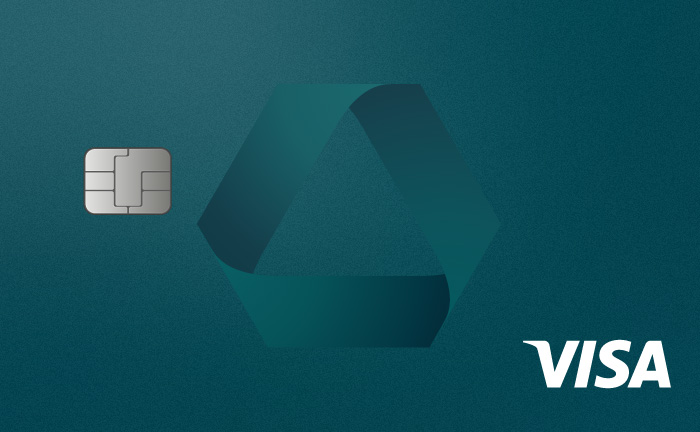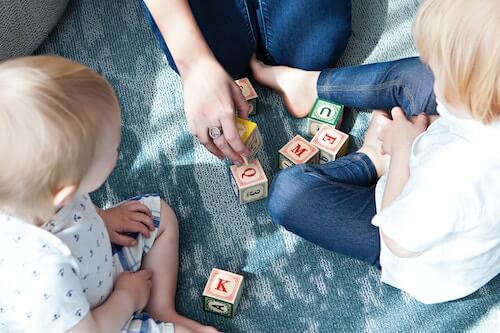Comparison of Pocket Money Apps
It is important for children to learn how to handle money, especially understanding its value. A great way to teach children about money is by providing them with an allowance. Managing this through a pocket money app is even better.
Through such apps, children and teenagers can not only decide how to spend or save their money, but they can also easily monitor their expenditures via the app. This teaches them to handle their finances in a fun and safe way. Additionally, it helps parents keep track of their children's money.
Below, we explain some benefits of these apps and show you what to look for when comparing them, helping you find the app that best suits your needs.
Review and Experience: The Benefits of Pocket Money Apps
Pocket money apps are thus a practical tool with many advantages to help minors keep track of their finances and develop responsible money habits.
The most significant advantage is that your children can always have an overview of their money, anywhere and anytime. With a pocket money app, teenagers can better understand their finances and plan for the long term.
Setting Budgets for Responsible Money Management
Another advantage is the ability to set budgets for various categories like food, entertainment, or clothing. This allows children, as well as parents, to better control where the money is spent and ensure it covers more important expenses.
For children and teenagers, pocket money apps are an excellent method to develop responsible money habits. By managing their allowance themselves through an app, they learn to handle money wisely and save appropriately.
Better Oversight for Parents on Their Children’s Spending
Parents who are concerned about how their children spend their money can use some pocket money apps to monitor their children’s purchases. This provides more control and transparency over their children’s spending.
Transfers to Friends and Family Members
Some pocket money apps also enable easy transfers to friends and family members. This is a quick and easy alternative to cash or bank transfers. Some apps also offer virtual cards for online purchases, allowing the use of pocket money in a mobile way without always needing cash.
Earning Money with Invitation Codes and Surveys
There are also pocket money apps that entice with the prospect of earning money through the app. This can involve sending and redeeming various invitation codes. Often, points are collected by filling out surveys, which can then be paid out as credit. However, parents should carefully consider whether this function of the app is sensible for children.
Comparison: Differences Among Pocket Money Apps
While the main functions of most pocket money apps are the same, they can differ in their target audience and thus in their features. Here are some important differences between pocket money apps:
- Target Audience: While some pocket money apps are aimed at children and teenagers to help them handle their allowance more responsibly, others are aimed at adults who want to better organize and plan their finances.
- Monitoring: Some pocket money apps allow parents to monitor their children’s spending, while others protect users' privacy by allowing limited or no monitoring options.
- Virtual Cards: Some pocket money apps offer virtual cards that can be used for online purchases.
- Budget Features: Several pocket money apps provide integrated budget features, which help monitor spending across various categories like food, clothing, and public transportation.
- Transfers: Some pocket money apps enable easy transfers to friends and family members, while others also support bank transfers and transfers to virtual cards.
- Spending Analysis: Some pocket money apps offer detailed evaluations and trends about spending, while others provide simple overviews and notifications about finances.Sparkasse KNAX, Finalino, or Bling – Pay Close Attention
Depending on your child's age, a different pocket money app might be appropriate. For example, the Sparkasse KNAX app is popular for younger children aged 6 to 11 years. For teenagers starting at about 12 years, Finalino might be useful. If you want to provide an app for your adult children, Bling might be a good option.
According to the age group, the features of the three apps differ. The KNAX app is playfully designed and contains games and educational content about finances. Finalino, on the other hand, offers features like budget planning, transfers, and a virtual Mastercard. Bling offers similar features to Finalino but also includes a cashback function.
The KNAX app is exclusively available to members of the Sparkassen group and is free of charge. Finalino and Bling, on the other hand, are available regardless of the respective bank. However, both are chargeable. While Finalino charges a monthly fee of 1.99 euros, Bling costs 4.99 euros. Bling, however, also offers a free version with limited functionality.
Pocket Money Apps for Android and iOS – Not All Are Free
It is therefore important to check before downloading a pocket money app whether it is a free app or a paid premium version. As the example of Bling shows, some apps can be downloaded for free, but are then only usable in a limited way. A premium version is often offered as a subscription or in-app purchase.
Most of these apps are available for both iOS and Android. It may also be worthwhile to read the reviews and comments from other users in the App Store or Play Store to better assess whether the app is worth its price.
Our Tip: The Budget+plus App by the Consumer Center
Finally, we would like to introduce you to the app from the Consumer Center. The Budget+plus app from the Consumer Center is a great and especially free way for children and young adults to keep track of their finances. The app is easy to use and offers a variety of features.
By categorizing expenses into various categories such as food, transport, or clothing, children can quickly see where they spend the most money. This helps them better decide where they can save and how best to spend their money. The app also offers the ability to track and manage regular expenses like the monthly mobile phone fee or music subscription. This gives users an overview of their monthly expenses and helps them plan better and budget more effectively.
Another great feature of the app is the ability to set and track financial goals. Whether it's saving money for a special event or a larger investment, the app helps users track their progress and motivates them to achieve their goals.
Comparing Pocket Money Apps Pays Off
In any case, you should carefully examine the various options and decide which is most suitable for you. Discuss with your child which features make sense. This way, you can select a pocket money app that meets your needs and helps your child manage their finances better.
How does a pocket money app work?
What are the benefits of pocket money apps?
- Easy overview of finances by recording and tracking expenses and income.Budget planning features help to keep finances in check and make better spending decisions.
- Convenient and simple usage, as everything can be monitored directly from the mobile device.
- Latest security technologies to protect financial data.Many pocket money apps are free and offer a variety of features without requiring payment.
- Overall, pocket money apps are a simple and convenient way to manage and monitor your children's finances.
How much pocket money should parents give their children?
For example, the German Youth Institute (DJI) regularly provides guidelines. According to them, children from the age of six should receive a small amount of pocket money weekly. From the age of 10, it is advisable to give a higher monthly allowance, which should increase from year to year. For instance, DJI recommends €16 to €18 for 10-year-olds, €26 to €31 for 14-year-olds, and €63 to €79 for 18-year-olds. Additionally, children should receive a so-called budget allowance, for things like clothing or public transportation. Ultimately, the decision on the amount of pocket money should be a joint decision between parents and children.


